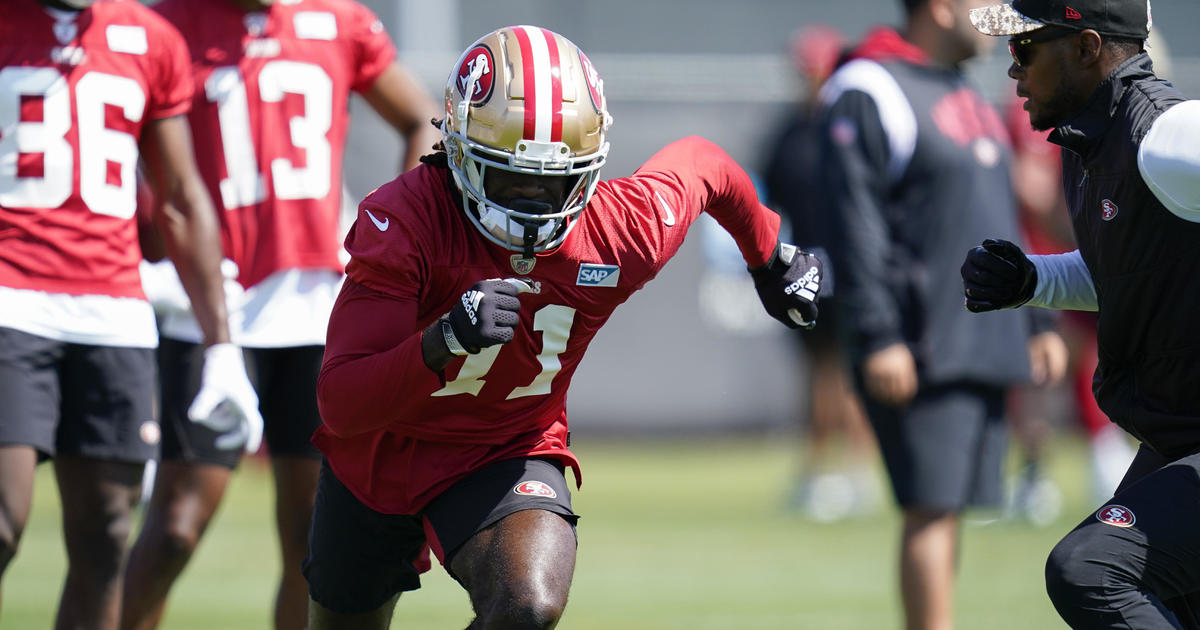HealthWatch: Tips To Combat 'iPad Shoulder'
SAN FRANCISCO (CBS 5) - Much as we love modern technology, it seems in advancements sometimes come with a cost to our general health.
Many users of the iPad have reported pain in the neck or shoulder - labeled by some as "iPad shoulder."
"Sometimes it can lead to more troubles than benefits," according to Dr. Robert Minkowsky, who practices Physical Medicine and Rehabilitation.
"I don't like to think only of these problems as neck problems," said Minkowsky. "Frequently it's the entire upper half of the body that includes the shoulder, the chest and ribs, as well as the neck."
Minkowsky explained that large muscles in the neck actually unite several different areas. The trapezius, for example, attaches at the base of the skull in the upper neck, extends out to the shoulder, and then goes all down to the lower thoracic spine.
"That's why it is important when someone has a neck or shoulder problem that we really look at the entire upper half of the body," he said, adding that if you only look at a small area—say just the neck—you may be missing a piece of the puzzle that's contributing to why someone is having neck problems.
As to what's causing these new complaints, Minkowsky points to poor posture and poor body mechanics. He said it all adds up over time. While a teenager might be able to slouch over a notepad pain-free, it's a different matter for someone who already has a little wear and tear in their joints.
His advice is to use your tablet the way you use a desktop computer. Use a keyboard, and prop the screen up so your head and trunk are aligned.
"You do not want to be looking down for extended periods in a head flexed position, because that loads the discs in the neck and it puts a lot of strain on the neck muscles," explained Minkowsky. "In addition, it affects the discs in the neck and ultimately causes disc deterioration and secondary arthritis."
Even with the perfect ergonomic set-up, don't just sit there – stretch to lessen the strain. Since we frequently end up in a 'forward' head position, which puts a lot of strain on the neck, Minkwsky said we should periodically bring the head straight back. He called it the "chin nod," where you are basically trying just to bring your head straight back over your shoulders, as if you are making a double chin.
He also suggested "shoulder shrugs," bringing the shoulders straight up to the ears then letting them fall down, and "shoulder rolls," from front to back in order to counteract the forward shoulder position. "All three of these can be done at the desk. without having to get up, interrupting static sitting position every half-hour or so. Just doing a few of these, can help a lot."
For a quick way to reset good, upper body posture, Minkowsky said, pretend you're a waiter carrying a tray. Your shoulders go back and down, and as you lower your shoulder blades you are squeezing those lower shoulder blade muscles. Then just drop your arms and go back to work. Good posture, and good mechanics.
And, Minkowsky said, take care of your body—keep it in shape.
"I think a general exercise program makes people feel better about their bodies and they are more thoughtful then about what may be going on in their activities of daily living." You become more aware of your body, and how it feels, and "then when you are in the workplace or at home on your bed, you'll think twice about the position you are actually using the electronic device in."
(Copyright 2012 by CBS San Francisco. All Rights Reserved. This material may not be published, broadcast, rewritten, or redistributed.)



